Explore the best places
Monuments in Penela
Igreja Paroquial do Espinhal / Igreja de São Sebastião
- heritage
Largo Dom Luís de Alarcão
3230, Espinhal
Late-Renaissance and Baroque church, dating from the 16th century. It consists of three naves and two chapels on the flanks. Highlights include its tower and the architectural ensemble of the carved stone headboard from the Coimbra Renaissance.
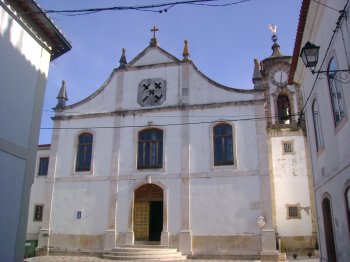
Castelo de Germanelo
- heritage
Rabaçal
3230, Rabaçal
Castle built by King Afonso Henriques in the 12th century. Together with the castles of Penela, Soure and Lousã, it was part of the Alfonsian network of fortifications to defend the lands of Coimbra.
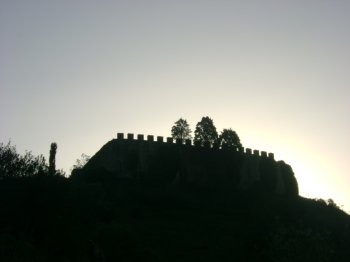
Villa Romana do Rabaçal
- heritage
Rabaçal
3230, Rabaçal
Rural villa dating from the 4th century, featuring civil, private and Roman architecture. It has a notable living area, both in terms of spatial organization and decoration. Several archaeological campaigns uncovered the residential part, with complete mosaics and an octagonal peristyle. In 1988, what was believed to be the thermal block of this important villa was discovered.
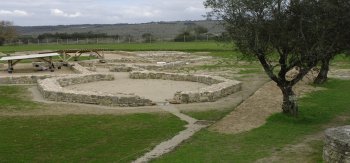
Convento de Santo António
- heritage
Rua do Convento de Santo António, 9
3230, Penela
Simple and austere building, characteristic of Franciscan architecture. It was built in the 16th century, still retaining the round entrance gate, cut out and decorated with volutes.
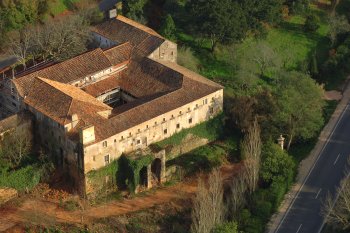
Castelo de Penela
- heritage
Rua do Castelo, 5
3230-280, Penela
Castle overlooking the town, where the Church of São Miguel, dating from the 15th century, and a set of anthropomorphic graves from the late Middle Ages stand out. It has a polygonal, irregular shape and is made up of walls and several towers from the 15th and 16th centuries. It preserves the Vila Door and the Betrayal Door, the latter with Moorish influences. This is the second-largest castle on the Mondego defensive line.
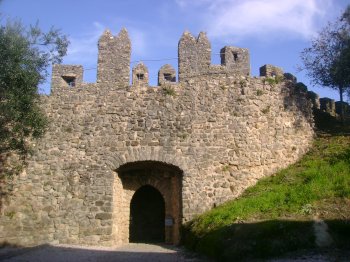
Igreja Matriz de Santa Eufémia
- heritage
Rua Paços do Concelho
3230-253, Penela
Church built in the 16th century and restored in the 17th and 18th centuries. Highlights include the Coimbra tiles, which were applied in the several chapels at different times, the altarpiece of the Espírito Santo Chapel and a 14th century stone sculpture representing the Virgin and Child.
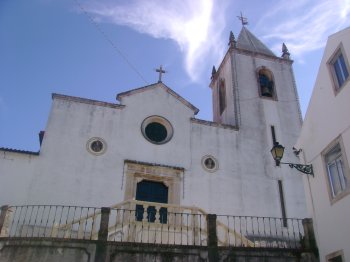
Pelourinho de Penela
- heritage
Rua 25 de Abril
3230, Penela
This pillory has a cylindrical shaft topped by an orb where it is recorded the town’s escutcheons.
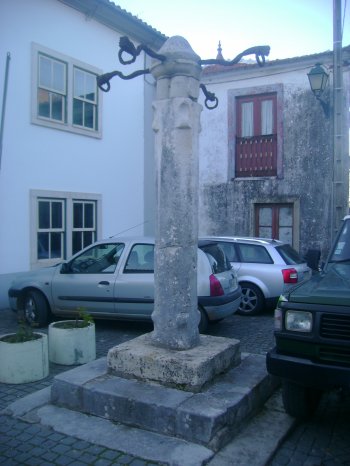
Pelourinho de Podentes
- heritage
Largo do Pelourinho
3230, Podentes
This pillory has a flat shaft in marble, with a cubic capital decorated with a Cross from the Military Order of Christ, an armillary sphere and heraldic symbols.
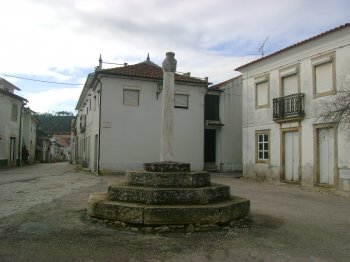
Estátua do Infante Dom Pedro
- heritage
Praça da República
3230, Penela
Statue representing the Infante Dom Pedro, erected in honor of the same.
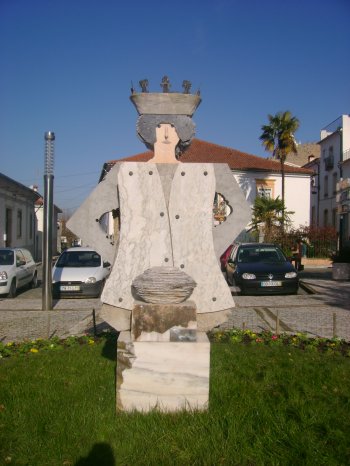
Homenagem aos Mortos da Grande Guerra
- heritage
Rua dos Paços do Concelho
3230, Penela
Monument erected in tribute to combatants of World War II. The statue stands the armillary sphere, the cross of Christ and the coat of arms of Portugal.
